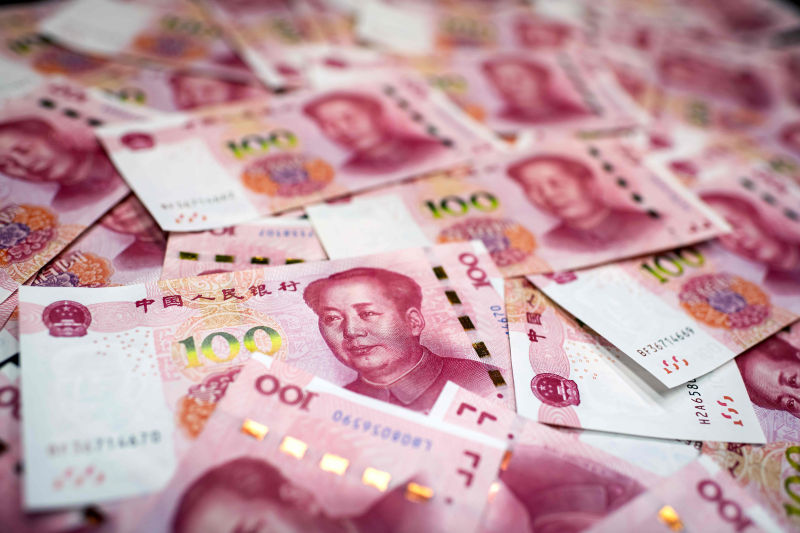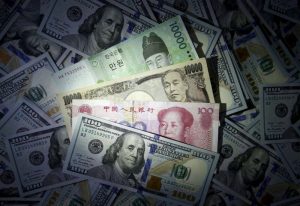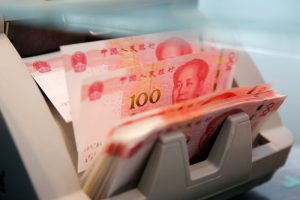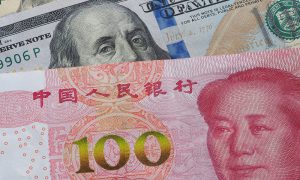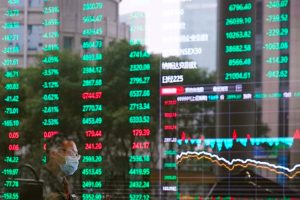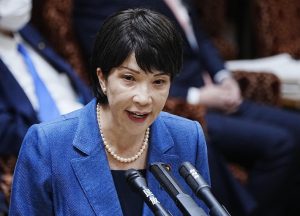China’s currency fell on Thursday to its weakest level in more than a year and a half, with the US dollar hitting a near two-decade peak following new data showing more persistent US inflation.
The US data, which showed consumer price growth moderating less than expected, raised investor worries that the Federal Reserve may need to accelerate policy tightening to keep inflation under control.
That is likely to exacerbate conditions that have contributed to yuan depreciation, which saw it slip nearly 6% against the dollar since the end of March and hitting a 19-month low on Thursday.
While traders said a slightly stronger-than-expected yuan fixing suggested the People’s Bank of China (PBOC) hopes to ease the pace of the yuan’s fall, analysts at Citi said the mild regulatory reaction to the yuan’s recent declines suggests tacit approval of depreciation.
A weaker yuan could potentially help support the country’s export sector and battered small businesses, Citi said.
ALSO SEE: US Says China Is Lobbying to Water Down Semiconductor Bill
Modest Inflationary Pressures
Nomura said the recent rapid depreciation of the yuan could also add some modest inflationary pressures, as the country is the world’s largest importer of both energy and agricultural products.
“In our view, rising inflation will limit the room for further rate cuts,” analysts said.
BNP Paribas said the yuan would act as a shock absorber rather than constrain macro policy, with a weaker Chinese currency eventually helping to loosen monetary conditions.
“A weaker yuan might not be able to offset the drop in demand for exporters,” analysts Ju Wang, Jason S Lui and Cici Zhang said.
Before the market open, the PBOC set the yuan’s daily midpoint rate at 6.7292 per dollar, firmer than a Reuters forecast of 6.7362 per dollar, but still its weakest since October 16, 2020.
Onshore spot yuan opened at 6.7355 per dollar and slipped to 6.7630 in morning trade, its weakest since September 30, 2020. By around midday in China it was changing hands at 6.7479 per dollar, 243 pips softer than Wednesday’s late session close.
Traders said poor market liquidity, affected by work-from-home orders from financial institutions in Beijing amid tightening lockdowns in the capital, had also boosted exchange rate volatility.
• Reuters with additional editing by George Russell
READ MORE:
Banks Forecast Weaker Yuan as Drive for Dollars Grows
Digital Yuan Eases Project Payments – OpenGov Asia
Brazil’s Central Bank Quadruples its Yuan Reserves




